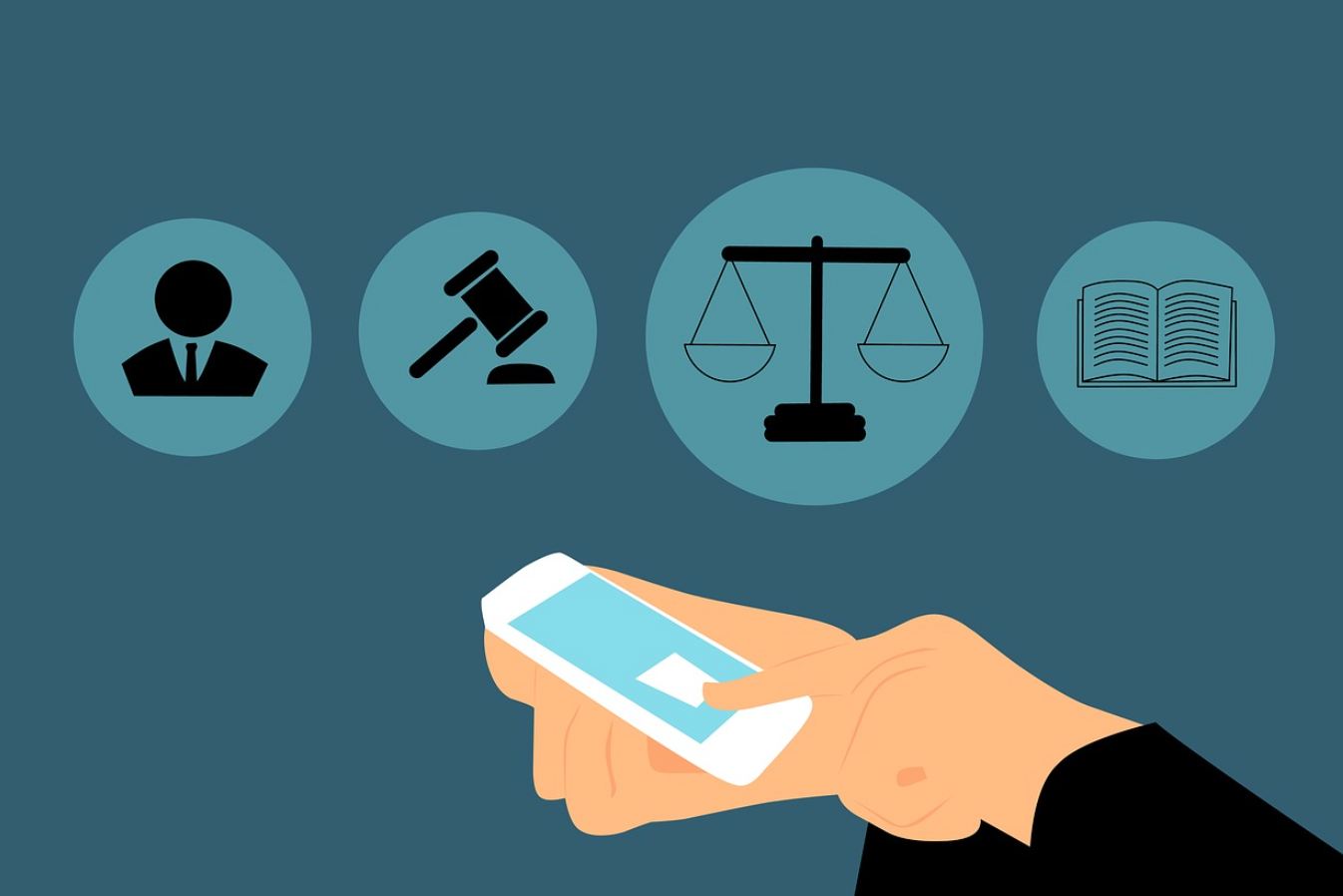Legal can benefit from implementing tech to move faster and collaborate with the business… And, this can help them save time and redirect their focus towards the work that really matters.
The COVID-19 pandemic forced what felt like five years of tech adoption in three months, and now it seems like remote work is here to stay. In an environment where teams are distributed and over-communication is necessary in order to stay aligned, it’s more important than ever that legal teams try new ways of working in order to support the business, with a collaborative approach that makes legal more human and accessible to business colleagues.
This is necessary to address a problem in-house lawyers have often faced in the past – there’s a strong misconception around legal being a department of ‘no’: uncollaborative, unapproachable and even boring. Tech can help in-house legal teams turn that around – proving that they are strategic partners who can help enable the businesses they support.
Here’s how tech can help legal and legal operations teams to make that happen.
1. Collaborate better
One of the most common areas of legal that impacts the wider business is contracts – but the archaic, manual process involved in creating, negotiating, signing and storing contracts leaves a lot to be desired. Modern contract automation platforms can streamline this workflow and empower business colleagues to create their own contracts.
This is important, because in-house lawyers spend too much time and money training just to spend the whole day reviewing basic non-disclosure agreements. It also enables legal to collaborate more effectively with other teams – so, for example, instead of slowing down sales teams as they try to meet aggressive targets, legal can enable them to self-serve, create contracts themselves, and only ask for legal input when it’s necessary (ie. at the approval stage).
Many in-house legal teams talk about enabling the commercial side of the business – contract automation is a great first step towards doing this.
2. Share knowledge
It can be tiring, answering the same legal questions over and over again, from various sides of the business – especially at a high-growth business, where legal is already being pulled in different directions. In order to avoid getting snowed under a mountain of requests, there are several tech solutions legal can implement to resolve the problem.
Chatbots, for example, already help people with their shopping, finances, mortgages and so on – there’s no reason why this can’t extend to legal. Chatbots offer a variety of answers to commonly-asked legal questions, so the colleague (or customer) doesn’t need to speak to someone directly.
All-in-one workspace tools like Notion can help legal create playbooks and FAQs, creating a central source of knowledge that legal can easily share with the wider business.
3. Avoid information silos
It’s easy to get stuck in your own little bubble when everyone’s working remotely. Using task management tools like Trello can help legal teams both to prioritise tasks, and to prevent the siloing of information. Arranging legal matters on a Kanban board, with transparency for the rest of the business, helps everyone to understand what the team is working on, where their priorities lie, and how they plan to assign work in the future.
This also makes it easier for other teams in the business to request legal tasks – by creating a card in a board, colleagues can track its progress as the work is completed. This transparency is particularly useful when teams aren’t in the office together, and face-to-face interactions are limited.

Integrations with messaging systems like Slack can also boost transparency and help prevent information silos. When legal moves a task from ‘requested’ to ‘in progress’, for example, the project management tool could ping a notification via Slack, keeping everyone informed and aligned.
4. Consider the end-user
As an industry, legal tends to be behind the curve when it comes to making processes user-friendly. But there are several ways tech can help with this.
Using rich text and multimedia elements when you create your legal documents, for example, can help you transform your contracts, getting rid of jargon-heavy terms and incomprehensible legalese, and instead creating an accessible document that gets your relationship off to a good start. Some contract editors have the capability to add images, graphs, tables, company branding and even GIFs, turning a routine contract into something people are excited to sign.
Collaborating with design teams is also a great way to ensure legal puts the end-user first. Tools like Figma allow teams to work together on different projects, comment and iterate in a single workspace, as if following a design process in the office. Legal can also integrate and use this platform to gain feedback from the wider business, making sure that they keep the end-user in mind at all times, across whatever they do.
Saving time with tech
All these different solutions have a single goal – to save teams time. Legal can benefit from implementing tech to move faster and collaborate with the business… And, this can help them save time and redirect their focus towards the work that really matters.


Join the conversation!